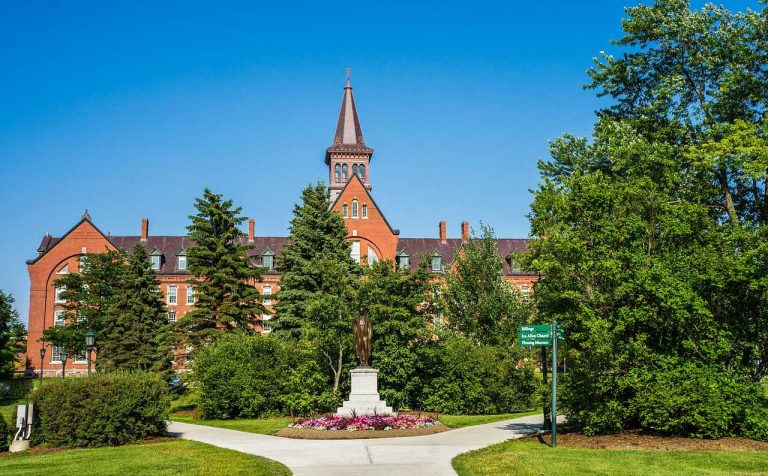Tree workers must be aware of the rules and constraints in place concerning nesting birds. In the UK, the nesting season can last from February to August, with the timing and bird species varying by location. The weather also plays a role in determining the nesting season.
Gardens provide many spots for birds to nest, including birdhouses, trees, walls, and house eaves. Trees and hedges are also common nesting locations.
Tree Workers in the UK
Tree surgeons must be fully accredited and insured and follow legal guidelines like the European Habitats Directive of 1992 and the Wildlife and Countryside Act of 1981, which prohibit disturbing active nesting sites.
Best Times to Book Tree Work
To avoid nesting seasons, it is best to schedule tree work before birds begin to build their nests in the spring and summer. Before starting work, tree surgeons should conduct a detailed ecological and wildlife assessment of the area. If there are any active nests, the workers must postpone the work until the birds leave the nest.
However, it may be challenging to balance the need for tree work with a nest that has been there for many months. Therefore, it is recommended to schedule tree work in the winter period before the usual nesting seasons begin.
Professional Responsibilities of Tree Surgeons
In some cases, tree work may need to be done during nesting seasons. In such situations, pre-work surveys are mandatory. Contractors must assume that birds are nesting in the trees and must confirm that their work does not disturb the birds.
In some cases, ground-nesting birds may be overlooked, and extra care must be taken to avoid disturbing them. The same is valid for neighbouring trees, as removing adjacent trees or undertaking remedial work could expose established nests, resulting in abandonment. If work needs to be postponed until after the nesting season, clients should be understanding of the limitations of tree workers.
The Law and Nesting Birds
The Wildlife and Countryside Act regulates the protection of all wild bird species and their eggs, which means that destroying or damaging a nest intentionally is an offence. The law carries a maximum penalty of a fine of up to £5,000 and six months imprisonment.
The responsibility for nesting birds and their protection mainly lies with the contractors. However, clients must also take responsibility for their gardens, homes, and land’s wild birds.
Continuing with Tree Work
The rules and recommendations do not prohibit tree work and hedge trimming during the nesting period. However, assessments and extra care must be taken before starting work, and clients must understand the law and their responsibilities.
Responsible tree surgeons usually observe the area for a while before starting work, which involves watching birds flying in and out of the bushes or trees. Clients can conduct the assessment themselves, or they might prefer that the contractors do it for them.
Think of the Birds
Bird populations in the UK are declining due to climate change’s impact on their food sources and habitat destruction from land use changes, agricultural activities, and weed removal. In such a scenario, removing their homes or destroying their habitats can make it even more challenging for them to survive. Therefore, it is important to keep the birds in mind, especially in the summer months. Clients can also consider feeding the birds some seed or mealworms to help them thrive.
